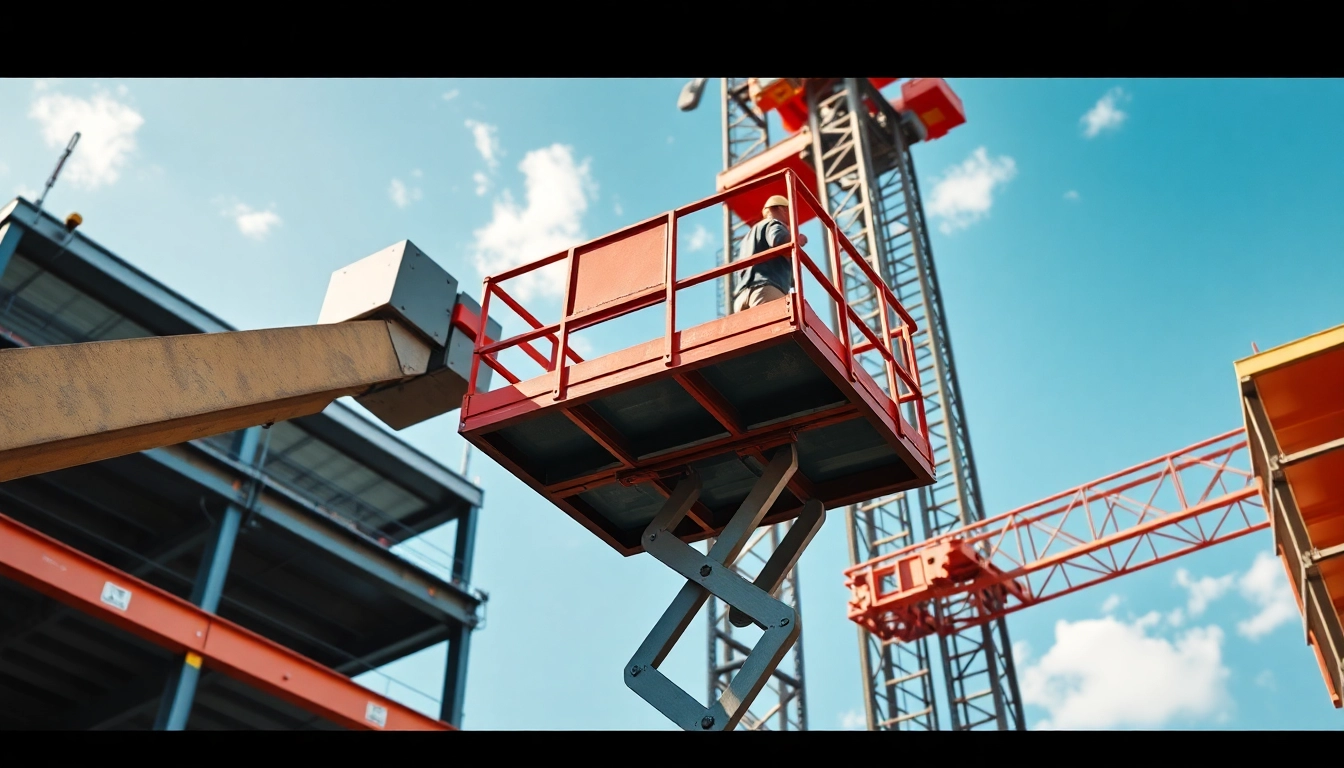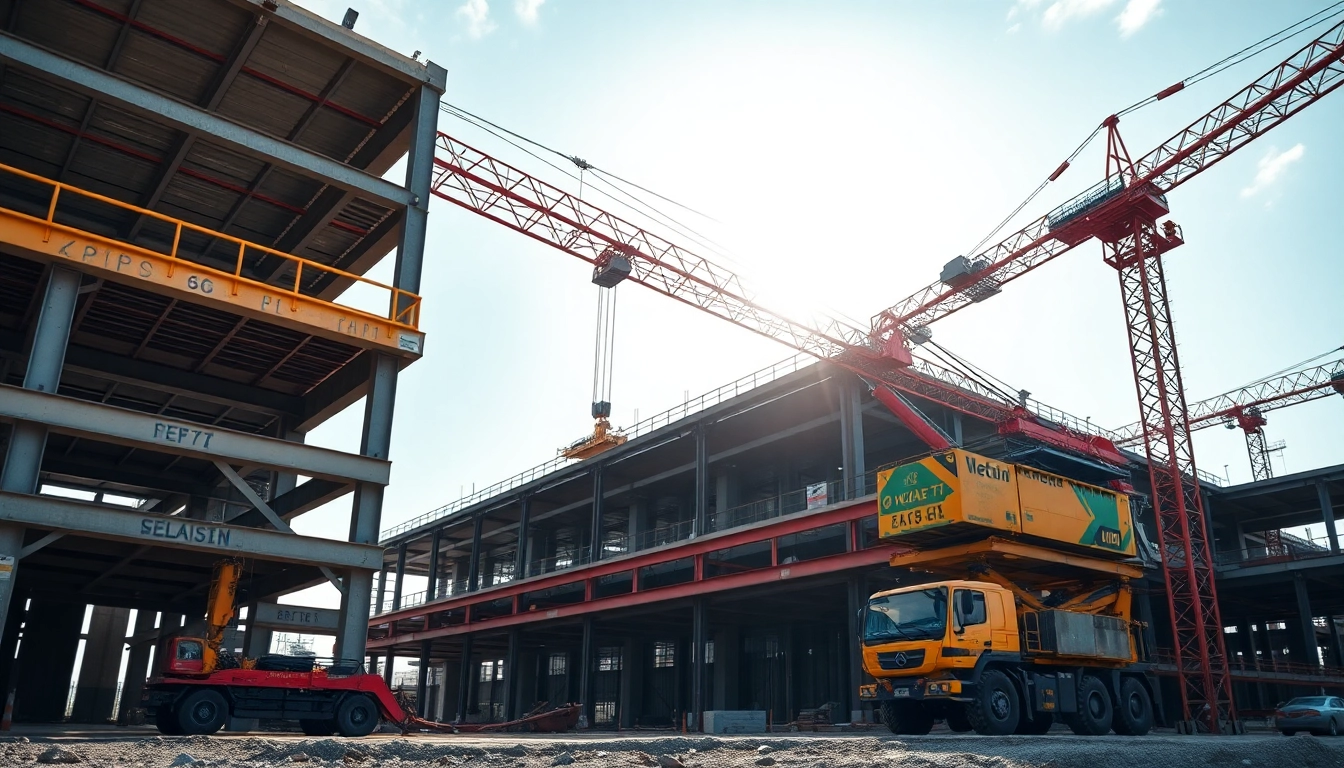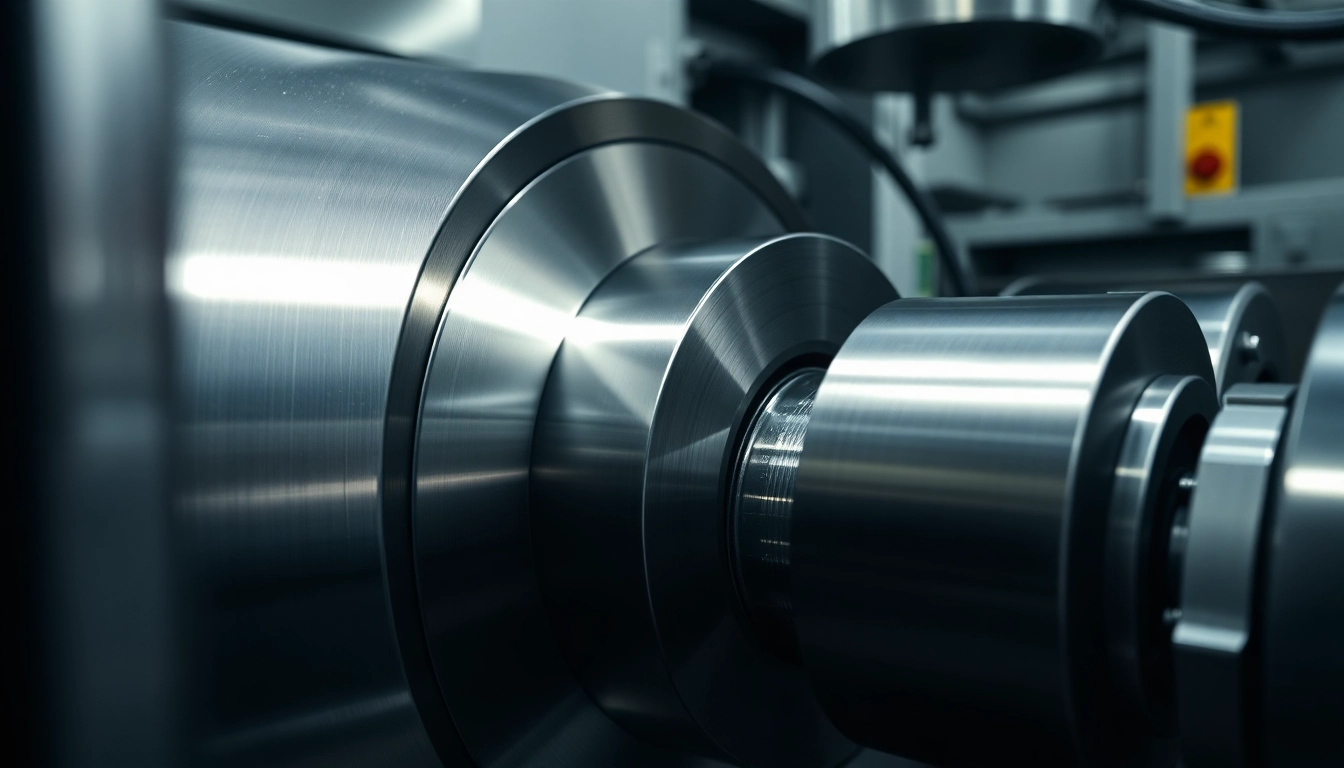Understanding Aerial Work Platforms and Their Rental Benefits
The construction, maintenance, and industrial sectors continually seek efficient and reliable solutions for working at height. Among these, aerial work platforms (AWPs) stand out as versatile, safe, and cost-effective tools that enable workers to reach elevated work areas with precision. For project managers, safety officers, and business owners, understanding the nuances of aerial work platforms rental is essential to optimize operations while minimizing risks and costs.
Renting aerial work platforms offers a strategic advantage over outright purchasing, especially considering fluctuating project needs, maintenance costs, and technological advancements. As your project scope fluctuates, hiring allows access to the latest models, tailored equipment, and flexible rental durations that align with specific project timelines. This comprehensive guide aims to explore the various types of AWPs available, delve into the benefits of rental over ownership, and provide actionable insights into selecting, operating, and maximizing the value of aerial work platform rentals for your projects.
Types of Aerial Work Platforms Available for Rent
1. Scissor Lifts
Scissor lifts are among the most common AWPs, characterized by their robust folding arms that provide vertical reach and stability. They are ideal for indoor and outdoor tasks requiring a stable platform to carry workers and materials to heights typically ranging from 6 to 20 meters. Their design ensures a large platform area, making them suitable for installations, maintenance, and assembly work.
2. Boom Lifts (Articulating and Telescopic)
Boom lifts provide flexible access to hard-to-reach areas thanks to their extendable arms. There are two primary types:
- Telescopic Boom Lifts: Known for their straight, extension-style arms, offering maximum outreach and height, suitable for large-scale construction or outdoor maintenance projects.
- Articulating Boom Lifts: Equipped with jointed arms that can access complex, elevated positions, ideal for intricate work in tight spaces or around obstacles.
They typically reach heights from 10 to 60 meters, with added maneuverability for complex tasks.
3. Cone Lift & Cherry Pickers
These are smaller, highly mobile aerial platforms designed for quick deployment in tasks like tree trimming, street lamp repair, and signage installation. They are suitable for confined spaces and can be operated by a single worker, often fitting into narrow access points.
4. Crawler and Spider Lifts
Engineered for challenging terrains and sensitive environments, crawler lifts feature wheeled or tracked bases that can navigate uneven ground or delicate surfaces. Spider lifts are compact, with articulated arms and extendable tracks, making them perfect for construction sites, remote locations, or indoor environments with restricted space.
5. Vertical Personnel Lifts
These lifts are straightforward vertical reach devices, primarily used for maintenance, cleaning, and minor installations in industrial settings. They are lightweight, easy to operate, and suitable for indoor applications.
Advantages of Renting Over Purchasing Equipment
Cost Savings and Budget Flexibility
One of the primary motivations for rental is financial flexibility. Purchasing AWPs involves significant capital expenditure, ongoing maintenance, storage costs, and depreciation. Rental eliminates these expenses, converting large capital investments into predictable operational costs. Additionally, rental fees fluctuate based on project duration, allowing better cash flow management.
Access to the Latest Technology
Rental providers frequently update their fleet with the newest models featuring technological innovations, enhanced safety features, and eco-friendly designs. This ensures your team works with reliable, efficient equipment that meets modern safety standards without the need for costly upgrades.
Maintenance and Support Services
Reputable rental companies handle routine maintenance, inspections, and repairs, reducing downtime and ensuring equipment safety. This support allows your workforce to focus on core project tasks rather than equipment management.
Flexibility and Scalability
Rental arrangements are highly adaptable—scaling up or down based on project phases or unexpected demands. If the project scope changes, you can quickly adjust your equipment inventory without being tied to long-term ownership commitments.
Legal and Safety Compliance
Rental providers often ensure their equipment adheres to current safety regulations, and they may offer operator training, further reducing legal liabilities.
Common Industries That Rely on Aerial Work Platform Rentals
Various sectors depend heavily on AWPs for their daily operations, including:
- Construction & Civil Engineering: For structural work, facade installation, and roofing tasks.
- Facilities Maintenance & Cleaning: For window cleaning, lighting replacement, and HVAC maintenance.
- Telecommunications & Utilities: For installing, repairing, and maintaining antennas, power lines, and streetlights.
- Event Setup & Infrastructure: For setting up lighting, banners, and rigging at large-scale outdoor events.
- Manufacturing & Warehousing: For equipment maintenance and inventory management at elevated levels.
These industries benefit from the versatility, safety, and cost-efficiency of rental AWPs, enabling them to meet tight schedules and compliance standards.
Selecting the Right Aerial Work Platform Rental for Your Project
Assessing Work Height and Load Capacity Needs
Determining the precise height your team needs to reach is crucial. Measure the maximum vertical height plus the height of the worker and tools to select a platform with appropriate reach. Overestimating can lead to unnecessary costs, while underestimating risks safety and efficiency. Load capacity is equally critical—ensure the chosen equipment can handle personnel, tools, and materials simultaneously without compromising stability.
Indoor vs. Outdoor Rental Options
Indoor tasks typically require electric or hybrid AWPs for emissions and noise control, such as scissor lifts or electric boom lifts. Outdoor projects may necessitate rugged, diesel-powered models with higher ground clearance, stability features, and weather resistance. Selecting equipment suited to your environment ensures safety, reduces operational issues, and optimizes performance.
Factors Influencing Rental Costs and Availability
Costs are affected by equipment type, rental duration, geographic location, and seasonal demand. Advanced models or specialized lifts may command higher rates. To ensure availability, especially during peak construction seasons, it’s advisable to reserve equipment well in advance. Understanding local rental market dynamics and negotiating flexible terms can further reduce costs.
Best Practices for Safe and Cost-Effective Aerial Work Platforms Rental
Pre-Rental Equipment Inspection and Operator Training
Before utilizing rented AWPs, conduct thorough inspections to identify any damages, ensure operational integrity, and verify safety features. Proper operator training is vital—only qualified personnel should operate the equipment. Many rental providers offer comprehensive training modules, which enhance safety and extend equipment lifespan.
Maximizing Equipment Lifespan Through Proper Usage
Operators should follow manufacturer guidelines for operation and maintenance, avoid overloading, and perform routine checks during use. Proper storage and transportation also prolong equipment life, reducing costs associated with repairs or replacements.
Implementing Safety Protocols During Operations
Establish and enforce safety procedures such as harness usage, ground control measures, and weather condition assessments. Regular safety audits, clear communication, and adherence to regulations like the UK’s LOLER (Lifting Operations and Lifting Equipment Regulations) reinforce safe operations.
Enhancing Project Outcomes with Professional Rental Services
Partnering with Trusted Rental Providers
Collaborate with reputable rental companies that offer a broad range of equipment, reliable delivery, and knowledgeable customer support. Their expertise can assist in selecting the most suitable AWPs, providing safety certifications, and delivering timely services aligned with project deadlines.
Accessing Technical Support and Maintenance
Opt for providers that include maintenance packages and on-call technical assistance. Rapid response to equipment issues minimizes project delays and maintains safety standards.
Scheduling Timely Rentals for Project Deadlines
Advanced scheduling and flexible rental terms help keep your project on track. Effective planning, combined with reliable logistics, ensures equipment availability when needed and optimal utilization.
Future Trends in Aerial Work Platforms Rental and Usage
Innovations in Electric and Hybrid Models
The shift toward cleaner, more efficient AWPs is accelerating. Electric and hybrid models reduce emissions, noise, and operational costs. These advances are particularly significant for indoor applications, urban environments, and projects prioritizing sustainability.
Integration of Smart Technology for Safety & Efficiency
Smart platforms equipped with IoT sensors, GPS, and real-time diagnostics enhance safety and operational oversight. Features like automated stability checks, remote monitoring, and predictive maintenance improve performance and reduce downtime.
Environmental Considerations and Sustainable Rentals
Sustainability is transforming rental markets, with providers focusing on eco-friendly equipment, recycling, and energy-efficient operations. Clients increasingly seek sustainable solutions that align with corporate responsibility and regulatory compliance.



